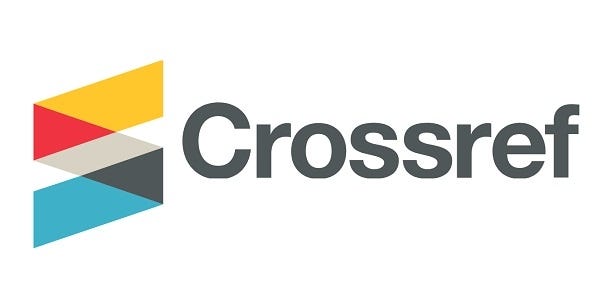CODE SWITCHING IN THE ENGLISH CLASS ACTIVITY IN THE SUBJECT “ENGLISH FOR A GROUP ACTIVITY” IN ENGLISH EDUCATION STUDY PROGRAM, UNIVERSITY OF BANTEN JAYA BANTEN
DOI:
https://doi.org/10.47080/jeltl.v1i1.103Keywords:
code-switching, , second language learning, upper secondary school, grammar teaching, learners’ preferencesAbstract
Code-switching is a phenomenon that exists in bilingual societies where people have the opportunity to use two or more languages to communicate. Being able to speak more than one language, bilinguals can code-switch and use their languages as resources to find better ways to convey meaning. Code-switching occurs in English Study Program, Faculty of Lecturer Training, University of Banten Jaya, Serang, Banten. Therefore, the aim for this paper was to investigate when and why the lecturer in the class “English for a Group Activity” used code-switch when teaching L2 English. It has also looked into what language the learners preferred in different classroom situations. Alecturer were interviewed and 32learners taking the class. The results showed that the lecturer generally tried to code-switch as little as possible but that they did code-switch in some of those situations where the learners preferred either a combination of Bahasa Indonesia and English or only Bahasa Indonesia. Two of these situations were grammar instructions, where a majority of the learners preferred a combination of English and Bahasa Indonesia, and one-to-one situations, where a majority of the learners preferred Bahasa Indonesia.
Downloads
References
Bullock, Barbara E. & Almeida Jacqueline Toribio. 2009. Themes in the study of code-switching. In Barbara E. Bullock & Almeida Jacqueline Toribio (eds.), The Cambridge Handbook of linguistic code-switching, 1-17. Cambridge: Cambridge University Press.
Cook, Vivian. 2001. Using the first language in the classroom. Canadian Modern Language Review, 57(3): 403-423.
Cook, Vivian. 2008. Second language learning and language teaching. 4th edn. London: Arnold.
Cresswel, John W. Research Design : Qualitative, Quantitative, and Mixed Methods approaches. USA: SAGE
Gardner-Chloros, Penelope. 2009. Sociolinguistic factors in code-switching. In Barbara E. Bullock & Almeida Jacqueline Toribo (eds.), The Cambridge handbook of linguistic code-switching, 97-113. Cambridge: Cambridge University Press.
Hamers, Josiane F. & Michael H. A. Blanc. 2000. Bilinguality and bilingualism. 2ndedn. Cambridge: Cambridge University Press.
Jamshidi, Azam & Mahdieh Navehebrahim. 2013. Learners[sic!] use of code switching in the English as a foreign language classroom. Australian Journal of Basic and Applied Sciences. 7(1): 186-190.
Kumar, Nannapaneni Siva & M. Narendra. 2012. A study of code switching in relation to ESL. Language in India, 12(4):65-71.
Lin, Angel. 2013. Classroom code-switching: Three decades of research. Applied Linguistics Review, 4(1): 195-218.
Simon, Diana-Lee. 2001. Towards a new understanding of codeswitching in the foreign language classroom. In Rodolfo Jacobson (ed.), Codeswitching worldwide II, 311-342. Berlin: Mouton de Gruyter.
Song, Yanan & Stephen Andrews. 2009. The L1 in L2 learning: Lecturers’ beliefs and practices. München: LINCOM.
Wardaugh, Ronald. 2006. An Introduction to Sociolinguitics. USA: Blackwell Publishing.
Wray, Alison & Aileen Bloomer. 2006. Projects in linguistics. 2nd edn. London: Hodder Arnold.






